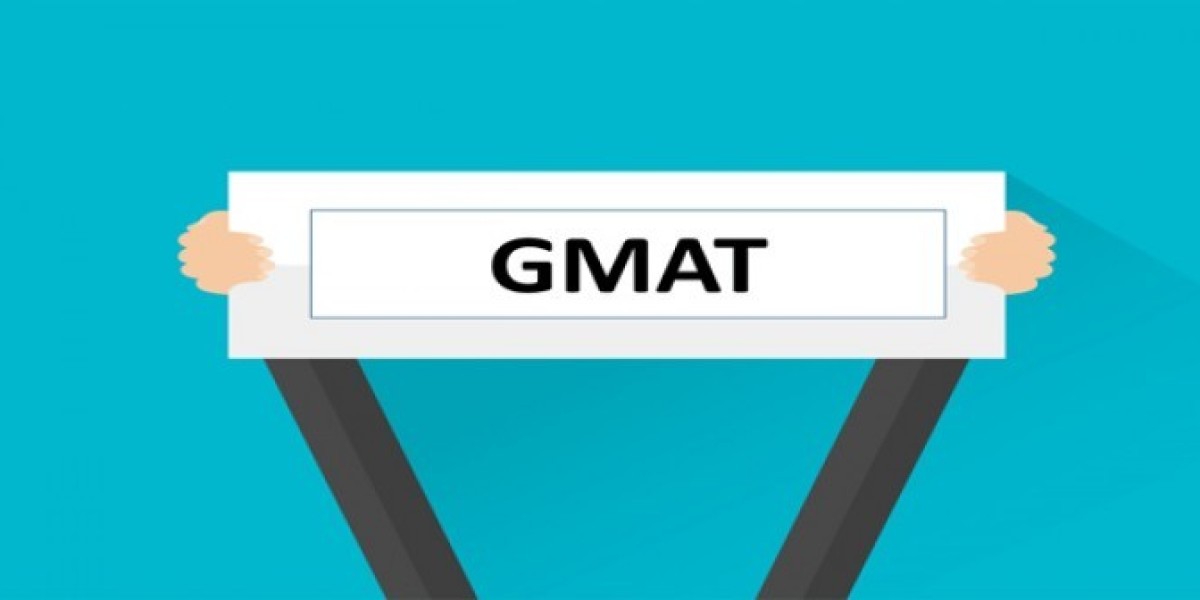The GMAT (Graduate Management Admission Test) is a crucial step for many aspiring business school students. Understanding the GMAT exam syllabus is essential for effective preparation and achieving a high score. This guide will break down the GMAT syllabus into manageable sections, helping you navigate the exam with confidence.
Understanding the GMAT Exam Format
The GMAT is a computer-adaptive test designed to assess your analytical, writing, quantitative, verbal, and reading skills. It consists of four main sections:
- Analytical Writing Assessment (AWA)
- Integrated Reasoning (IR)
- Quantitative Section
- Verbal Section
Each section of the GMAT exam syllabus tests different skills, and knowing what to expect can greatly enhance your preparation.
1. Analytical Writing Assessment (AWA)
Duration: 30 minutes
Content: 1 Essay
The AWA section requires you to write an analytical essay. You'll be asked to critique an argument, evaluating its logic and reasoning. Focus on the following:
- Argument Analysis: Identify and evaluate the argument’s assumptions, evidence, and conclusions.
- Structure and Clarity: Write a clear, well-organized essay with a logical flow of ideas.
- Grammar and Syntax: Use proper grammar and sentence structure.
Preparation Tips:
- Practice writing essays on various topics.
- Review sample essays and scoring guides.
2. Integrated Reasoning (IR)
Duration: 30 minutes
Content: 12 Questions
The IR section tests your ability to evaluate information from multiple sources and solve complex problems. The questions are divided into four types:
- Graphics Interpretation: Interpret data from graphs and charts.
- Two-Part Analysis: Solve problems with two distinct parts.
- Table Analysis: Analyze data presented in tables.
- Multi-Source Reasoning: Evaluate data from multiple sources to answer questions.
Preparation Tips:
- Familiarize yourself with the types of questions.
- Practice using online IR question banks.
3. Quantitative Section
Duration: 62 minutes
Content: 31 Questions
The Quantitative Section assesses your ability to solve mathematical problems and interpret quantitative data. It includes:
- Problem Solving: Answer questions based on mathematical concepts.
- Data Sufficiency: Determine if the information provided is sufficient to answer the question.
Preparation Tips:
- Review fundamental math concepts, including algebra, geometry, and arithmetic.
- Practice with sample questions and timed tests.
4. Verbal Section
Duration: 65 minutes
Content: 36 Questions
The Verbal Section measures your ability to understand and evaluate written material. It includes:
- Reading Comprehension: Answer questions based on passages.
- Critical Reasoning: Evaluate and critique arguments.
- Sentence Correction: Correct grammatical errors in sentences.
Preparation Tips:
- Read a variety of texts to improve comprehension skills.
- Practice critical reasoning and sentence correction exercises.
Study Resources and Strategies
To effectively prepare for the GMAT, consider the following resources:
- Official GMAT Guides: Use official guides and practice tests from the Graduate Management Admission Council (GMAC).
- Online Courses: Enroll in GMAT prep courses for structured learning.
- Practice Tests: Regularly take practice tests to assess your progress and identify areas for improvement.
Final Thoughts
Understanding the GMAT exam syllabus is the first step towards achieving a high score. By focusing on each section’s specific requirements and utilizing the right resources, you can enhance your preparation and increase your chances of success. Start your preparation early, stay consistent, and approach the exam with confidence!













